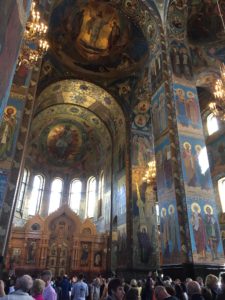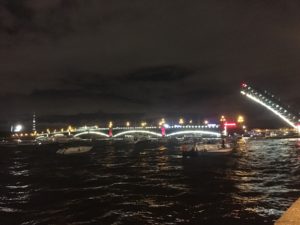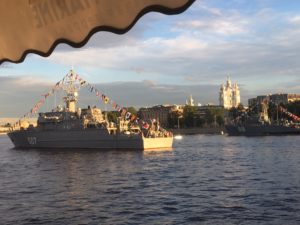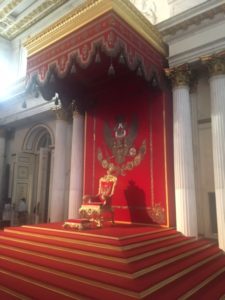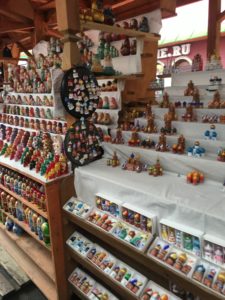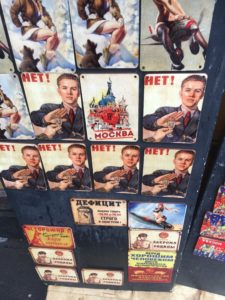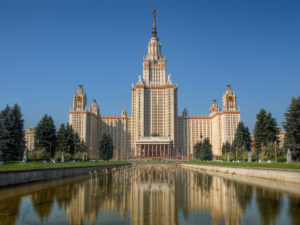My time abroad in St. Petersburg is now, I believe, far enough removed that I can properly reflect on it. First, I will touch on my linguistic experience. I have like have made big strides in my abilities with the language, although I have learned that gaining fluency is not something that will happen passively. Before my program, I laid out five goals for my language learning. My first was to be able to hold a conversation on various topics. By and large, I believe I have met that goal, although I still struggle with understanding spoken Russian. My second goal was to understand both perspectives on U.S.-Russian relations. I have definitely met this goal; from meeting Russian locals to visiting the U.S. Consulate, I have greatly improved my knowledge of the countries’ relationship. My third was gaining ability to read Russian literature. I have not yet tested this, but I believe I am capable. My penultimate objective was achieving 2 semesters’ worth of study during my summer; I believe my time was actually more equivalent to something a semester and a half. My final goal was to gain greater insight into the human experience. I firmly believe I accomplished this, seeing another side of the globe and experiencing new perspectives.
Overall, my SLA Grant experience was extremely rewarding. I have learned how to view the world differently. Most importantly, I learned the outsiders’ view on American exceptionalism. That term has many connotations, both negative and positive; this summer has allowed me to more fully see both sides. This is not to say that I was a blind nationalist before, learning to see American evil; rather, I have learned to recognize both the good and the bad in America, what it represents, and where it stands in the world. I would highly recommend the SLA Grant to anyone considering applying. My biggest advice would be for them to think about more than just the language. My biggest regret, mostly due to the cultural divide, is not making true Russian friends. If you are preparing to study abroad, embrace the unusual and the unique, reach out, and immerse in not just culture, but also language.
Going forward, Russian and my time in Russia will play a large role in my life. I decided against skipping a year of Russian and am currently in Intermediate Russian I, where I can solidify my knowledge of Russian grammar. I am tentatively still going to receive a Russian minor, but I may pursue another study abroad next summer and push to receive a major or supplementary major. Beyond the classroom applications, this experience will help my future career goals. I outlined before the summer how I hope to work in international relations, security, or a similar field, likely in the public sector. This experience, in addition to improving my linguistic abilities, has also gained me an international viewpoint others in my field may lack. Most importantly, this experience will stay with me for the rest of my life. It is possible that I will return to Russia, most likely to Moscow, for study next summer, but it is also possible I may never see Russia or have any such experience again. When, in old age, I look back at my time at Notre Dame, there will be many fond memories, but my study abroad through the SLA Grant may stand foremost among them.

